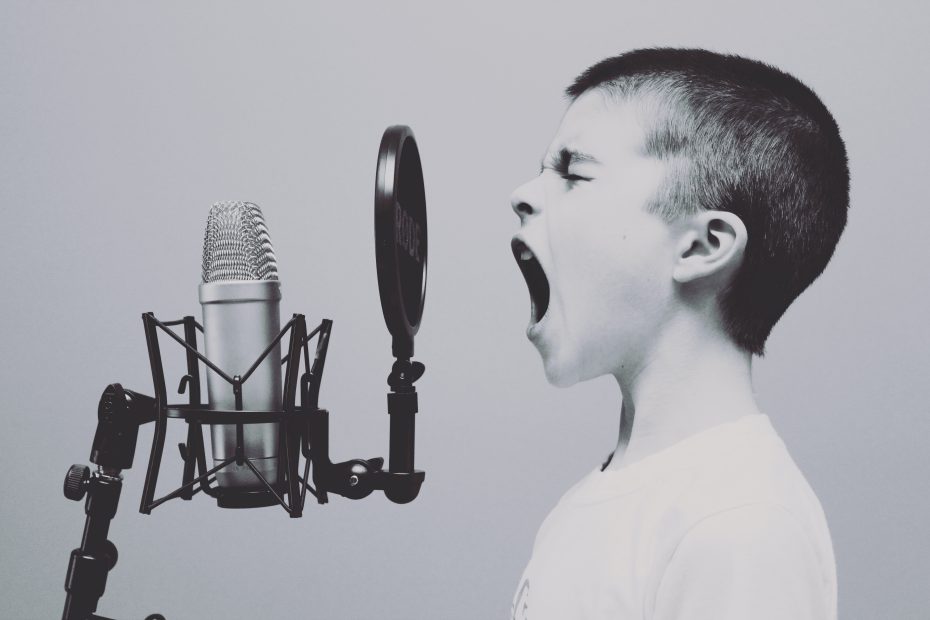Bangladesh has a rich heritage of music and dance that is deeply rooted in its culture and history. The performing arts of Bangladesh reflect the creativity and passion of its people. This article explores the diverse musical and dance forms that make up the rhythms of Bengal.
Table of Contents
Introduction
Music and dance are integral parts of Bangladeshi identity. Various folk, devotional, classical and modern genres define the musical landscape of the country. Similarly, Bangladesh has a wealth of traditional and contemporary dance forms. Music and dance compliment each other in Bengali culture. They are presented together during festivals and cultural events. Understanding the performing arts of Bangladesh provides an insight into the country’s cultural ethos.
Main Musical Forms
Folk Music
Folk music is widely popular in the countryside.
Baul songs have influenced the pioneers of Bengali folk music. Bauls are wandering minstrels who compose philosophical songs influenced by Islam and Hinduism.
Bhatiali is a type of folk music composed by boatmen in rural Bangladesh. These songs depict the beauty of nature and flow of river currents.
Devotional Music
Kirtan is vocal music devoted to Hindu gods and goddesses. It involves call-and-response chanting accompanied by hand cymbals and drums.
Classical Music
Dhrupad style has origins in ancient Hindu temple music. It adheres to complex classical rules yet carries ethereal qualities.
Modern Genres
Adhunik or modern songs adopt Western musical sensibilities but retain Bengali lyrics and tunes. This genre emerged during the 19th century cultural renaissance.
Filmi/Pop Music
Filmi or movie songs dominate Bangladeshi pop culture. Pop and rock music is also gaining prominence among urban youth.
Main Dance Forms
Folk Dances
Jari and Gambhira incorporate themes from rural life. Dancers wear colored costumes and perform in groups.
Jari dance drama from Dhaka
Classical Dances
Manipuri – Originated in the Indian state of Manipur, this delicate dance depicts scenes from mythology. Dancers make swirling hand gestures wearing colorful costumes.
Contemporary Dances
Contemporary dances blend traditional and modern techniques. Dhaka Dance Fest showcases cutting edge choreography.
Musical Instruments
Percussion
- Dhol – Double-headed drum played during festivals
- Tabla – Pair of hand drums providing rhythmic structure in classical music
Wind
- Bansuri (bamboo flute) – Iconic side-blown flute with plaintive notes
Stringed
- Dotara – Plucked lute used in folk music
- Sarod – Fretless lute with metallic strings, used in Hindustani classical music
Costumes and Makeup
Vibrant costumes complement the dance forms. White, red and yellow sindoor (vermillion) is used to decorate faces and arms of dancers. Intricate alpona designs are drawn on stage floors with rice paste.
Major Festivals Showcasing Music and Dance
- Pohela Boishakh (Bengali New Year) – Shobha Nritya dance processions, folk songs
- Pahela Falgun (Spring festival) – Colorful street parades with music and dance
Global Influence and Pop Culture
Bangladeshi diaspora has spread Bengali music globally. Baul melodies have been covered by Western artists like Bob Dylan. Bangladeshi bands fuse rock and folk elements. Reality shows promote new talent.
Challenges and Preservation Efforts
Urbanization has threatened rural folk arts. Organizations like Bangladesh Shilpakala Academy strive to nurture performing talent. Classical gharana lineages propagate their art to disciples.
Conclusion
Music and dance bring vibrancy and joy to Bengali culture. Diverse folk heritage along with classical and modern genres reflect Bangladesh’s cultural richness. Promoting awareness about these art forms can inspire future generations to keep the rhythms of Bengal alive. The creative spirit of Bangladesh continues to pulse through its people.
FAQs
Q1. What are the main classical music forms of Bangladesh?
A1. Dhrupad is the main classical vocal genre while Manipuri is the main classical dance form of Bangladesh.
Q2. Which musical instrument is most iconic of Bengal?
A2. The bamboo flute called bansuri is deeply associated with Bengali folk and devotional music.
Q3. What is Jari folk dance known for?
A3. Jari incorporates colorful costumes and playful themes from rural life in Bangladesh. Dancers perform in groups.
Q4. When did Adhunik music emerge in Bengal?
A4. Adhunik or modern Bengali songs emerged during the 19th century cultural renaissance in Bengal.
Q5. What major festivals showcase Bangladeshi music and dance?
A5. Pohela Boishakh (Bengali New Year) and Pahela Falgun (Spring festival) feature extensive music and dance performances.
